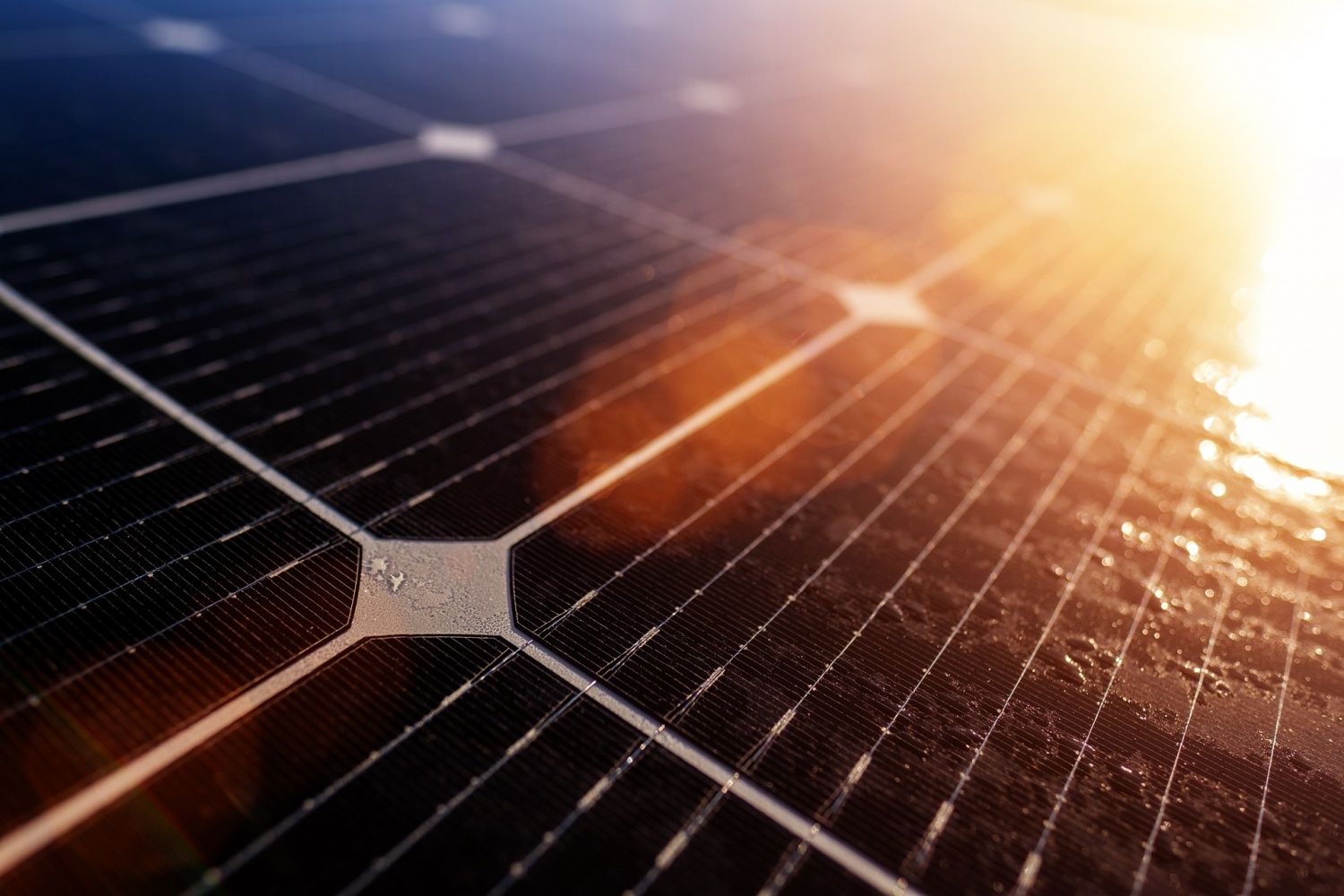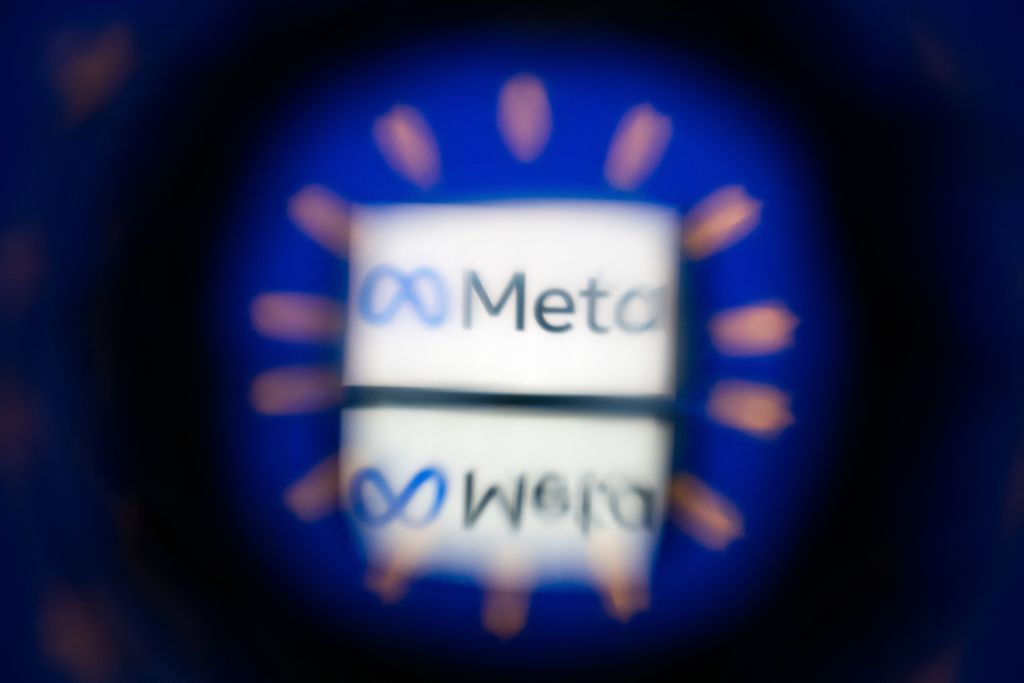The process of producing perovskite solar cells, known for their high efficiency in converting sunlight into electricity, is being revolutionized through the integration of artificial intelligence (AI) and machine learning. These advancements are critical for improving the stability and manufacturing processes of perovskite cells to bring this technology to the market.
Researchers from the Karlsruhe Institute of Technology (KIT), in collaboration with Helmholtz Imaging at the German Cancer Research Center (DKFZ) and Helmholtz AI, have made significant strides in predicting and enhancing the quality of perovskite layers during the manufacturing process.
Tandem solar cells that combine perovskite and traditional silicon cells have proven to be next-generation technology. With a remarkable efficiency exceeding 33%, higher than traditional silicon cells, and the use of cost-effective raw materials, the widespread adoption of these cells is highly promising.
To overcome the challenge of creating high-grade multi-crystalline thin layers without deficiencies or holes, the researchers employed AI methods to analyze neural networks using a vast dataset, including video recordings capturing the photoluminescence of thin perovskite layers during manufacturing. Photoluminescence provided critical insights unattainable by human experts.
The findings have been published in the journal Advanced Materials and represent a paradigm shift in materials science, offering systematic insights that go beyond traditional approaches.
The comprehensive understanding of the factors influencing the production of high-grade solar cells, enabled by AI, has allowed for a more targeted and strategic approach to experiments. The innovative use of AI, particularly explainable AI (XAI), has provided critical insights for this revolutionary research.
Ulrich W. Paetzold from the Institute of Microstructure Technology and the Light Engineering Institute at KIT emphasized the exciting results and the potential for targeted research in energy research and materials science. The combined use of AI has provided a solid roadmap for improving production processes.
As this groundbreaking research continues, the integration of AI and machine learning into the manufacturing of perovskite solar cells holds significant promise for the future of renewable energy technology.

I have over 10 years of experience in the cryptocurrency industry and I have been on the list of the top authors on LinkedIn for the past 5 years. I have a wealth of knowledge to share with my readers, and my goal is to help them navigate the ever-changing world of cryptocurrencies.







